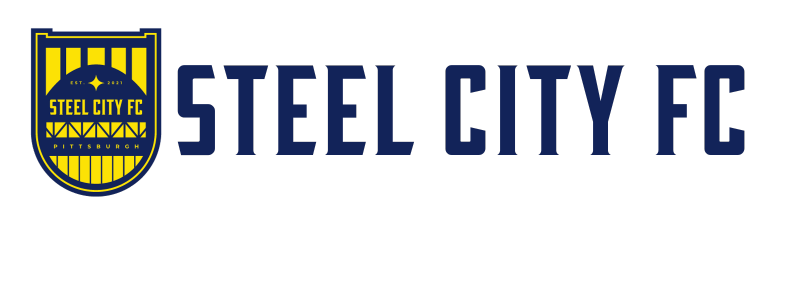The Hotspurs Way: Team Targets
We talk a lot about longterm player development and a set style of play. But, what does that actually look like when put into a true game of soccer?
To achieve this style, we focus on 6 Team Targets. This is for all phases and players within the Hotspurs Program. And allows coaches to structure training sessions, as well as to evaluate game-day performance, based on each defined target:
Playing out from the back
Our aim is to maintain possession of the ball as we move up the field together.
This gives our team the best possible chance to maintain possession through each the defensive, middle, and attacking third of the field.
Additionally, our goalkeepers are always looking to show as a passing option if we run into pressure and cannot go forward to help us switch the point of attack.
Team Defending
This target looks at our team shape and compactness when we are out of possession.
Are we compact vertically and horizontally?
Are we positioned at appropriate distances and angles from our teammates based on the location of the ball and of the opponent so that we can deny penetration?
Once we have a good, compact shape, we look at our decision making as a group to determine when to press the ball and when to hold our line of confrontation (the line where we begin our defensive press).
Chance creation
Have we worked as a team to create chances to score in a variety of different ways?
Chance creation might include dribbling to create gaps or to beat defenders, crosses into the box, through balls played in behind the opponent’s backline, combination play, etc.
Ball circulation
Our goal in possession is to make the field as big as possible by utilizing the full width and by creating as much depth as we can.
Once we establish a good attacking shape, we look at decision making of players— determining when to be patient and to have the game awareness to pick out the right times to go forward.
Forward is always our first option if it’s on, as the point of the game is of course go and score goals; but if we cannot go forward, can we utilize all of our players to work the ball over to the other side of the pitch, shifting the opponent and hoping to pick out gaps to play through as they move laterally across the field?
Pressing
This target looks at whether we are working hard to get pressure on the ball when the opponent has either crossed our line of confrontation or given us a cue to press.
To be successful at winning the ball back, it’s important that all players pick up on pressing cues so that we press together as a team.
Some examples of visual cues that let our players know when to press would be an under-struck pass (slow-moving ball), if the ball is bouncing or in the air, if the opponent has a poor first touch, or if the opponent who has the ball is facing their own goal.
Once we either recognize a pressing cue or our line of confrontation has been crossed, it is imperative that we press as a team and utilize the basic principles of defending to stop forward penetration and win the ball back quickly.
Transition
How do we react to winning or losing the ball?
Quick decisions need to be made in order to recognize if we can win the ball back right away, or if we need to drop into our defensive shape to stop the opponent from going forward.
This also includes recognizing and communicating opportunities to counter-attack. Regardless of whether or not we’ve just lost the ball or just won the ball, we focus on getting into our team shape quickly.
